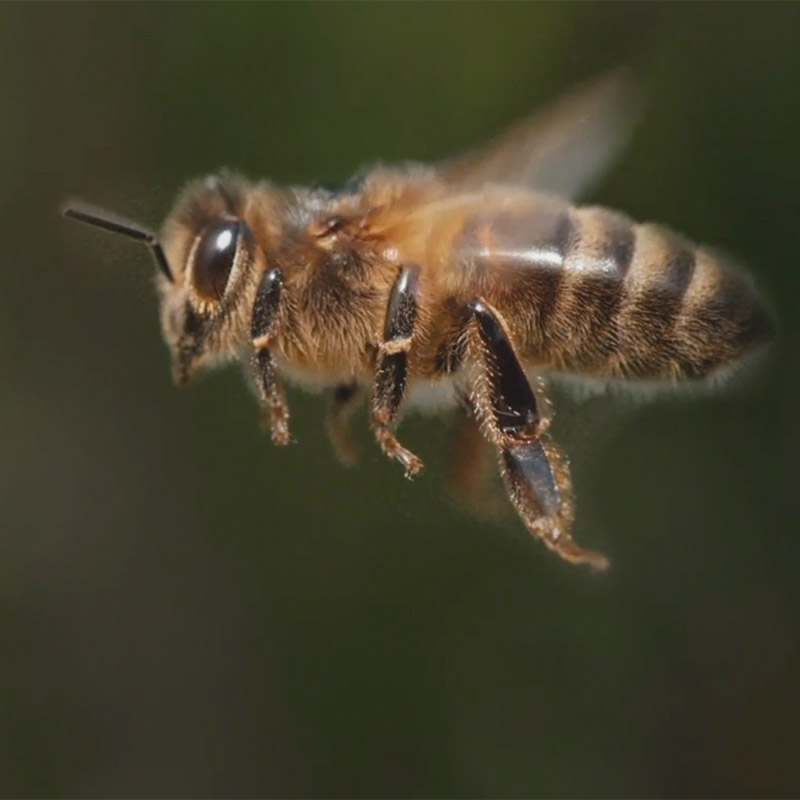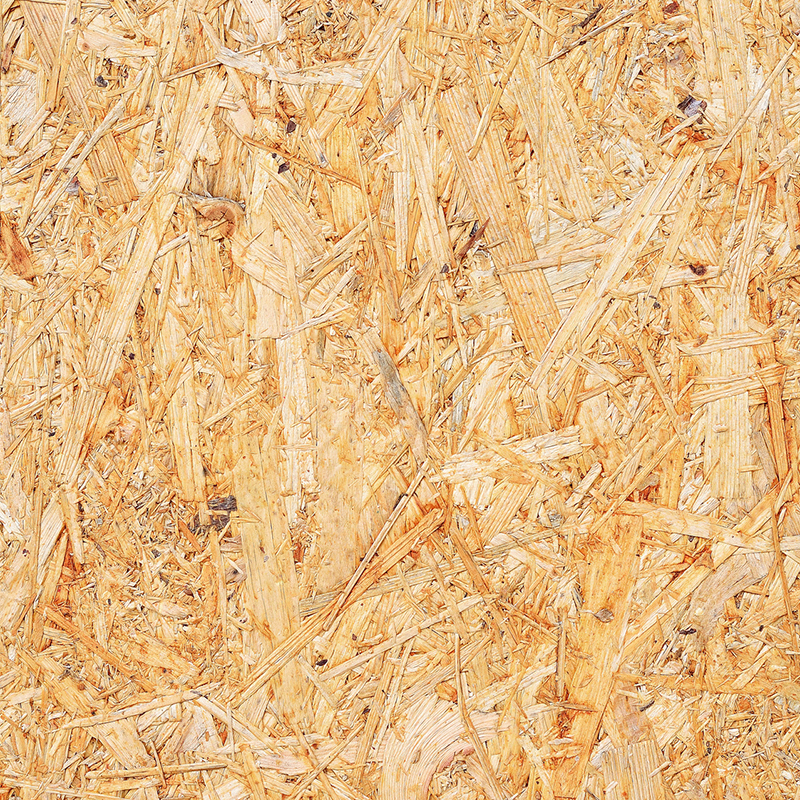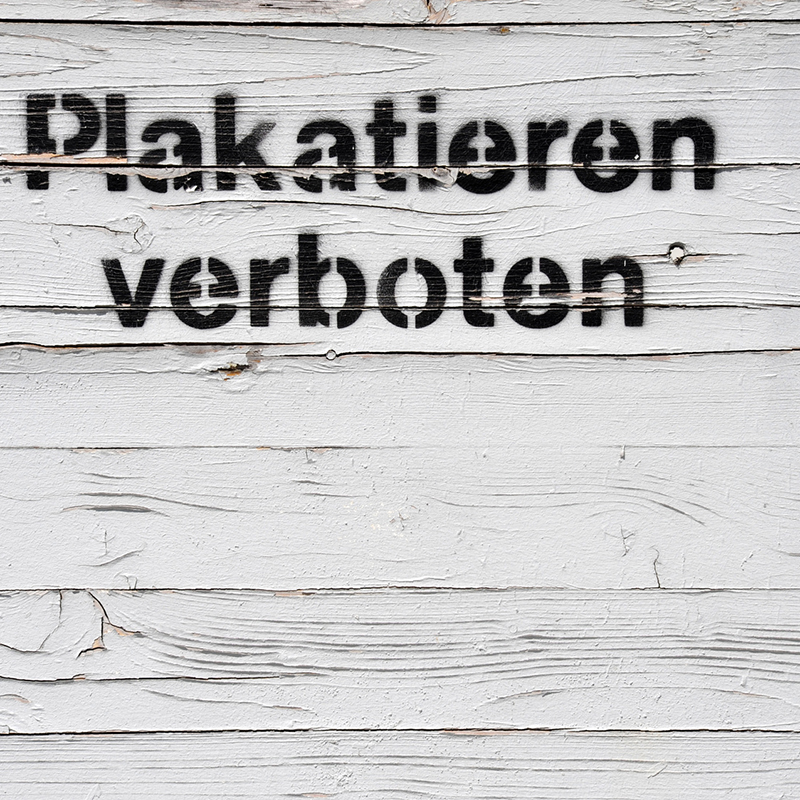A purely legal career would have been the more natural route for Justus Claproth: born in Kassel in 1728, he studied law and earned his doctorate in Göttingen. In 1759, he was appointed professor and worked as a “manufactory judge” for a few years. Here, he got an insight into the technical working methods of craftsmen. This may well have been the inspiration for his further work: in 1774, he published a paper with the unwieldy title “An invention to make new paper from printed paper and to wash out the printing ink completely.” If Claproth had lived today, he would probably have simply called it “paper recycling”.
Old becomes new
In Claproth’s day, paper was still made from scraps of cloth that were cleaned, soaked, boiled, and bleached. From this mass, the paper was scooped up by sieves, then pressed, dried, and cut. The paper mills could hardly keep up with the strong demand for paper this way. So Claproth’s idea for recycling came at just the right time to remedy the shortage of raw materials. The main ingredients that the jurist listed in his writing were turpentine oil, fuller’s earth, and lime. He wanted to use these to wash out the printing ink from old printed paper to produce new writing paper. The miller Johann Engelhardt Schmidt helped him: he conducted the first experiments in his paper mill in Klein Lengden near Göttingen. They were a success. Claproth’s essay on the process was printed on the paper recycled in this way. So the medium spoke for itself, to some degree.
However, Claproth’s process didn’t catch on at the time because the sorting, cleaning, and defibration of the old paper that the process required was barely economically feasible. The paper also had a dark coloring and was therefore not suitable for all purposes. Later, wood was used to produce paper, which meant the process was forgotten for the time being. It was not until the 1950s that people became aware of the ink removal principle again. This was the basis for the “deinking process” used in paper technology. So Claproth was well ahead of his time. The fact that he invented the process as a lawyer is perhaps not surprising in retrospect: after all, jurists need more paper than almost any other profession.
(Image: sasapanchenko – AdobeStock)






